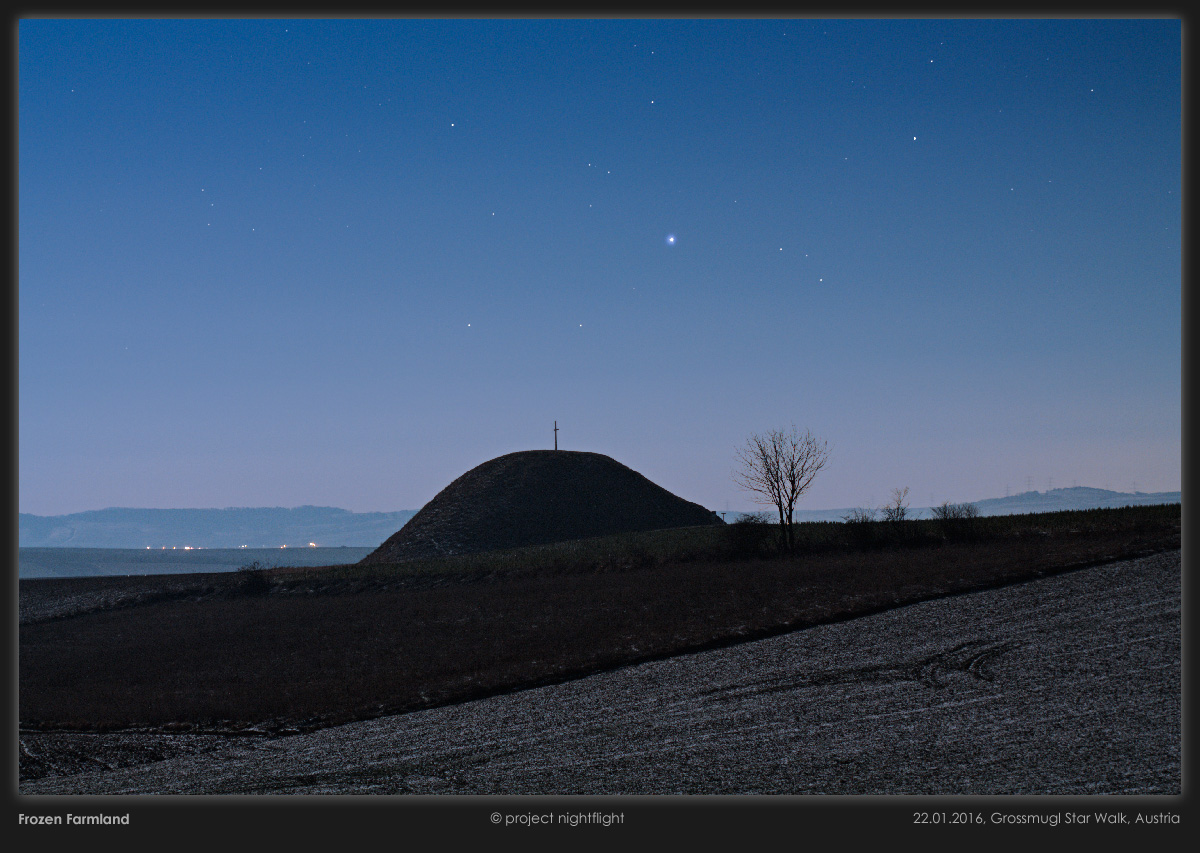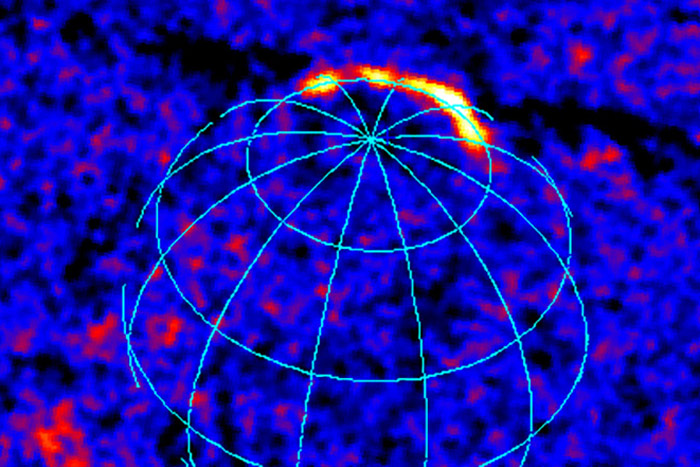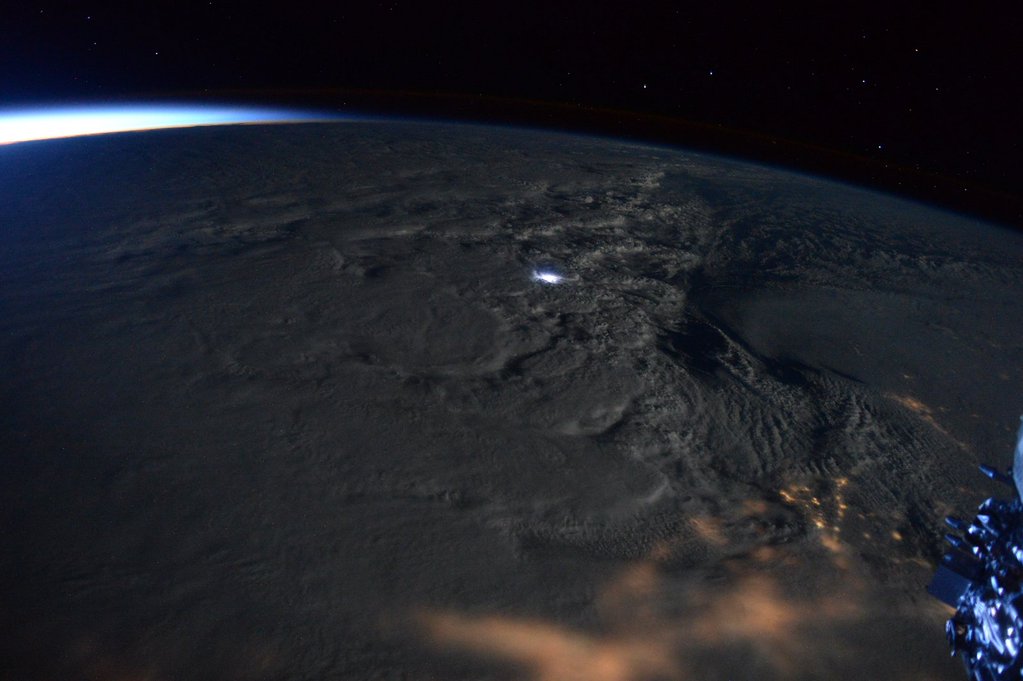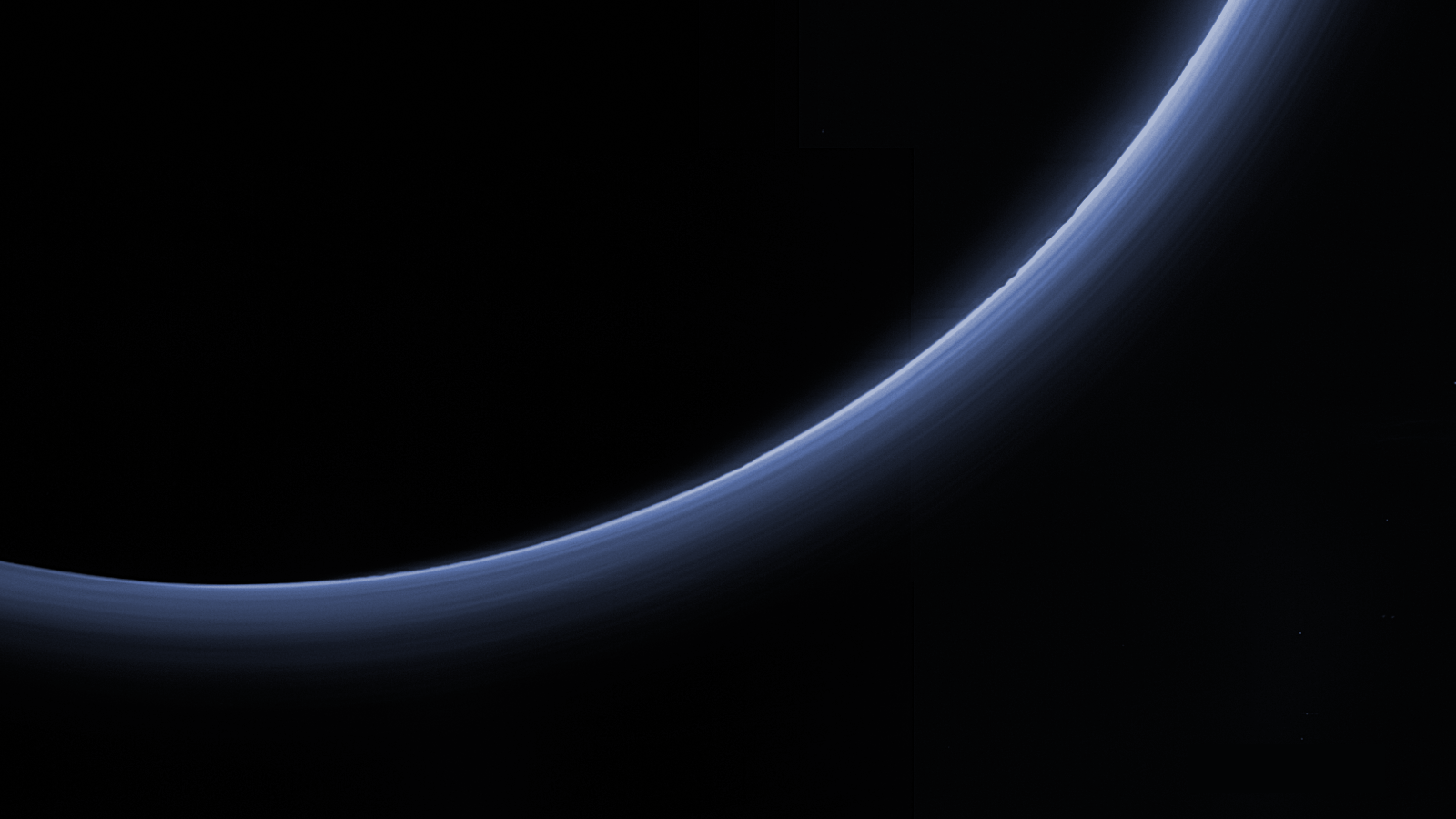Best Space Photos of the Week – Jan. 31, 2016
Ultraviolet Scene

Emission nebula IC 4628 lies about 6,000 light years away in the constellation of Scorpius. These types of nebulas arise when a sun-like star at the end of its life spews forth an enormous amount of gas. The remaining star, a white dwarf, emits intense ultra-violet light that causes the gas to glow, with different elements of the gas displaying different colors. Red indicates ionized hydrogen, and near the central star, doubly ionized oxygen glows in green. IC 4628 also goes by the names of the Prawn Nebula and Gum 56. Image released December 2015.
A Redder Shade of Pale

Emission nebula IC 4628 lies about 6,000 light years away in the constellation of Scorpius. These types of nebulas arise when a sun-like star at the end of its life spews forth an enormous amount of gas. The remaining star, a white dwarf, emits intense ultra-violet light that causes the gas to glow, with different elements of the gas displaying different colors. Red indicates ionized hydrogen, and near the central star, doubly ionized oxygen glows in green. IC 4628 also goes by the names of the Prawn Nebula and Gum 56. Image released December 2015.
My Corona

The Danish 1.54-metre telescope stands at ESO's La Silla Observatory on the outskirts of the Chilean Atacama Desert. To the right of the telescope’s dome, the Southern Cross constellation shines, while at the lower right of the image, two bright stars glow: Alpha (right) and Beta Centauri. A third star in the multiple star system, Proxima Centauri, is a red dwarf not visible to the naked eye which may possess a small orbiting planet. The Pale Red Dot campaign, started in January 2016, will search for this orbiting companion by looking for wobbles in the dwarf star’s motion.
The Planets

Astrophotographer Stan Honda sent in a panoramic image of five planets in the night sky. He writes in an email message to Space.com: "The five planets were visible in the pre-dawn hours of Jan. 25 [2016] from Central Park in New York. Mercury just visible before the sky brightened. This is a five-frame panorama, taking in a view of over 120 degrees from Mercury to Jupiter." The view faces south over the Central Park Reservoir. The tall building at center is a residential tower at 432 Park Avenue.
Sirius, the Dog Star, Reigns Supreme in Dazzling Photo

The bright star Sirius presides over an ancient burial mound in a dazzling new photo by project nightflight, taken at the Grossmugl Star Walk in Austria.
Earth's Aurora Erupts With Powerful X-Ray Display

Although its job is to search for powerful energies emanated by distant cosmic objects, a space observatory recently turned its eye toward Earth and saw our home planet's aurora glowing brightly with powerful X-rays.
Another World — Mars' Strange Surface

What appear to be tiny oases in a vast pink desert are thought to be Martian sand darkened by melting carbon dioxide ice. [Download this wallpaper image.]
Breaking space news, the latest updates on rocket launches, skywatching events and more!
Astronaut Scott Kelly's Awesome Storm Photos from Space

On Tumblr, Astronaut Scott Kelly presents a gallery of storms on Earth seen from the International Space Station. Here, a rare view of "thundersnow" is seen in a blizzard battering the U.S. East Coast on Saturday (Jan. 23).
Astronaut Scott Kelly's Awesome Storm Photos from Space

On Tumblr, Astronaut Scott Kelly presents a gallery of storms on Earth seen from the International Space Station. Here, the Blizzard of 2016 is seen on Jan. 23, 2016.
Pluto's Blue Bands Get High-Resolution Makeover

Pluto's blue bands shine spectacularly in the highest-resolution image yet of the dwarf planet's atmosphere.
Join our Space Forums to keep talking space on the latest missions, night sky and more! And if you have a news tip, correction or comment, let us know at: community@space.com.

Space.com is the premier source of space exploration, innovation and astronomy news, chronicling (and celebrating) humanity's ongoing expansion across the final frontier. Originally founded in 1999, Space.com is, and always has been, the passion of writers and editors who are space fans and also trained journalists. Our current news team consists of Editor-in-Chief Tariq Malik; Editor Hanneke Weitering, Senior Space Writer Mike Wall; Senior Writer Meghan Bartels; Senior Writer Chelsea Gohd, Senior Writer Tereza Pultarova and Staff Writer Alexander Cox, focusing on e-commerce. Senior Producer Steve Spaleta oversees our space videos, with Diana Whitcroft as our Social Media Editor.
